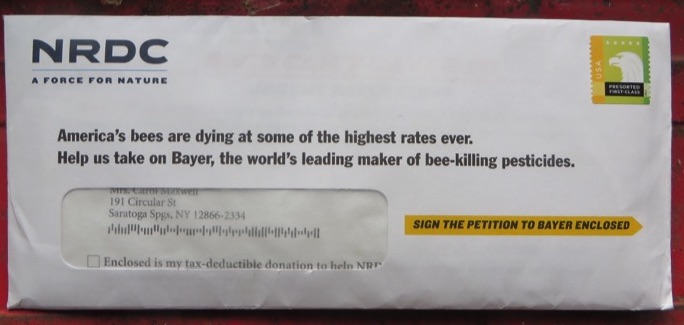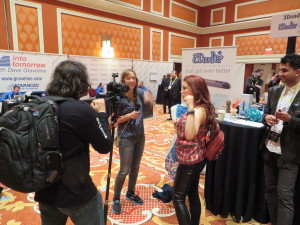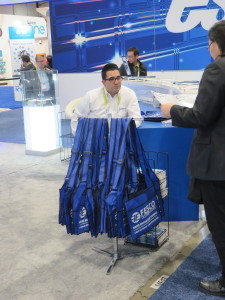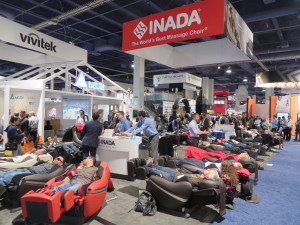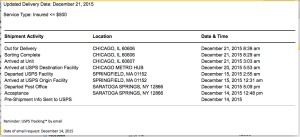I live in a 135-year-old house with lath and plaster walls. I have two teenage boys. Thus, I have a lot of opportunity to patch holes in those walls. Recently I’ve gotten a lot better than this, and it occurred to me there are lessons that apply to copywriting or any repetitive artisanal task.
Originally I patched the holes with Durham’s Water Putty, which is a wonderful substance so long as you do not ever plan to sand or otherwise change it after it dries. Fortunately I did not fix too many holes this way. I’ve evolved to what I think is a pretty standard formula: two layers of gypsum patching compound over the lath, then a final layer of Sheetrock drywall mud. (There’s possibly been some new regulation for health reasons, because the drywall mud is no longer available powdered but only in a premixed tub labeled “Dust Control”.)
Sometimes the laths are missing or broken. I use 1 x ¼ inch trim strips from Home Depot to replace them, applying wood glue and clamping the ends to the backs of good lath till it dries. The resulting lattice has a Rube Goldberg look, but once the plaster is applied nobody can tell what’s underneath.
Sometimes the plaster has separated from the wall. Using the technique I read about on this site, I drill numerous 3/8 inch holes through the plaster with a masonry bit, squirt a generous amount of Loctite All-Purpose Power Grab adhesive through each hole, then tighten the plaster down against the lathe with a short drywall screw and a fender washer. Two days later I remove the screws and knock the washers off with my drywall knife, and the wall is ready to be patched.
Applying the final layer is critical to making it look like you have not patched a hole. The coat needs to be even and it also needs to be “proud”, a wonderful plasterer’s word which means it’s raised slightly above the existing surface so it can be sanded down flush. If the coating isn’t proud, you will end up applying another layer to fill depressions left after sanding.
I’ve also learned to use the right sanding tool. Power sanders are too rough and kick up dust. Squeezable wet/dry drywall sanding sponges take forever. I use a flat drywall hand sander made by 3M with a 3” x 9” sanding face. It makes the wall as flat and even as it can be and exposes areas that will need to be built up. I start with 80 grit paper (also from 3M, and specially cut for this sander) and finish with 150 grit. On a couple of occasions my initial surface was way too high so I attacked it first with a Stanley surform plane.
So how is this like copywriting? First, your work improves with repetition. You observe what you are doing both consciously and instinctively, note what works and what needs to be corrected. In my experience improvement doesn’t happen gradually. You start a task you’ve done many times before, and suddenly realize you’re must better than the last time.
Second, you need to use the right tools and materials. For a writer, these include your creative brief, whatever method you use to organize your work and any props you use to improve your focus. (One great copywriter I know keeps a photo of his intended reader stuck to his monitor, for example.) You can’t just sit down and expect that inspiration will strike on a regular basis.
Third, you want to spend your best energies on the things that get noticed first. In a wall patch, you want to avoid bulges, dips, rough spots and separation lines where the patch doesn’t feather smoothly into the underlying wall. For the copywriter, pay attention to the outer envelope teaser, the subject line, the headline, and of course the clarity of the underlying concept.
Don’t get bogged down in the details until the big picture is clear in your mind. Your reader will forgive you the occasional flat sentence in body copy as long as your core premise is sound. Just as my home visitors, and future home buyers, will look past an occasional nick or ripple. Because no 135-year-old-wall is perfect… and neither is your copy.

